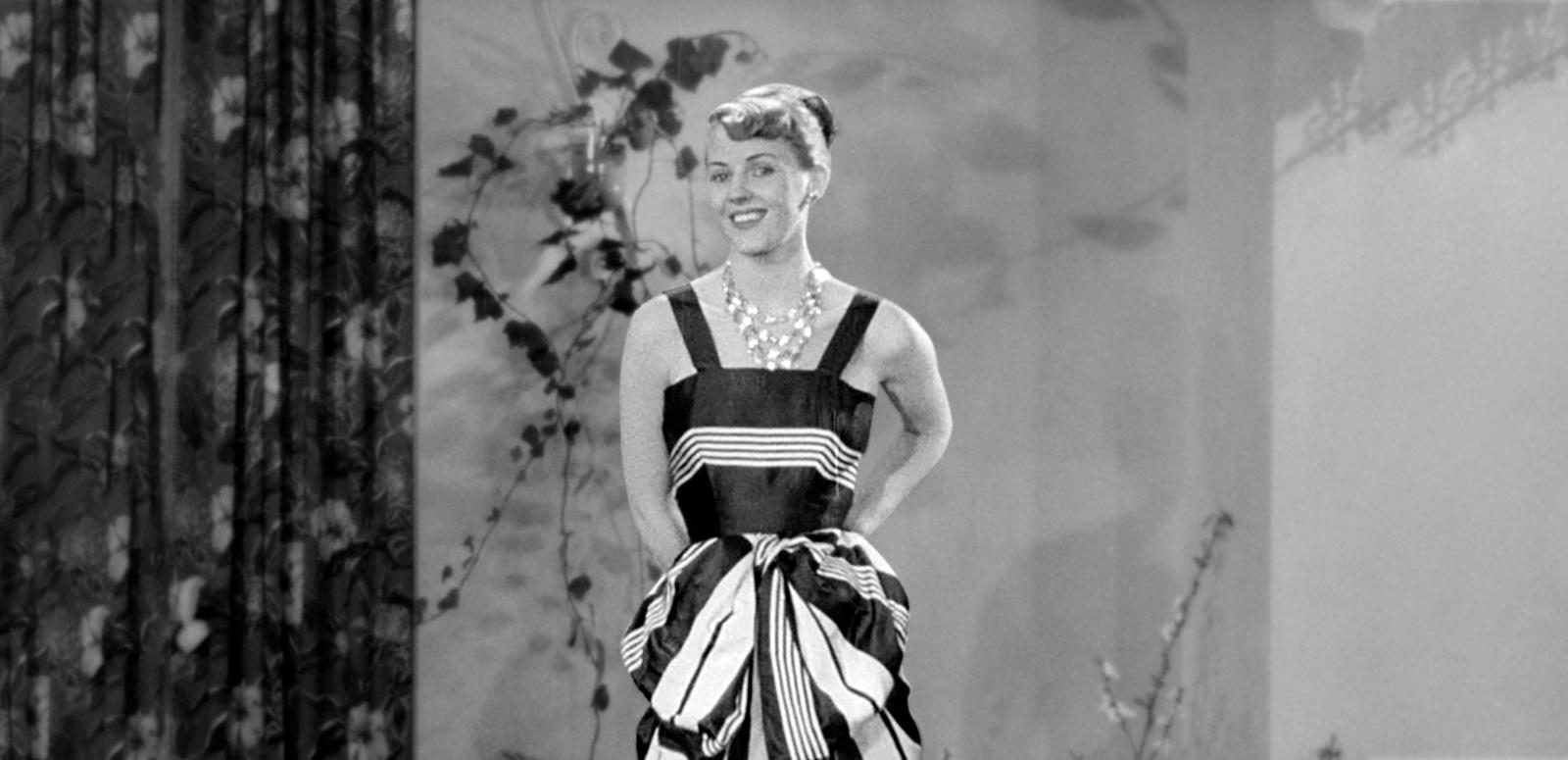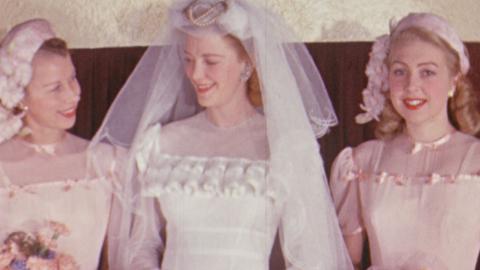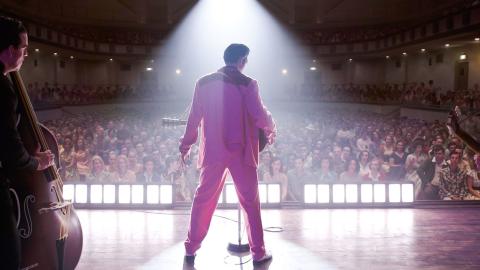

Vintage Fashion
Best of Australian fashion in the 1940s and 1950s
Take your front row seat for this collection which illuminates postwar Australia through glorious vintage fashion.
Fashion communicates who we are, and who we want to be. Designer Christian Dior called haute couture 'one of the last repositories of the marvellous'.
The collection features spectacular footage of Christian Dior's 'New Look' when Sydney hosted the first Dior fashion show outside of Paris in 1948.
You'll also see fashion shows on ice, in the air, off the sheep's back, around the schoolyard and rare colour footage from Mark Foy's department store.
The National Film and Sound Archive of Australia acknowledges Australia’s Aboriginal and Torres Strait Islander peoples as the Traditional Custodians of the land on which we work and live and gives respect to their Elders both past and present.


